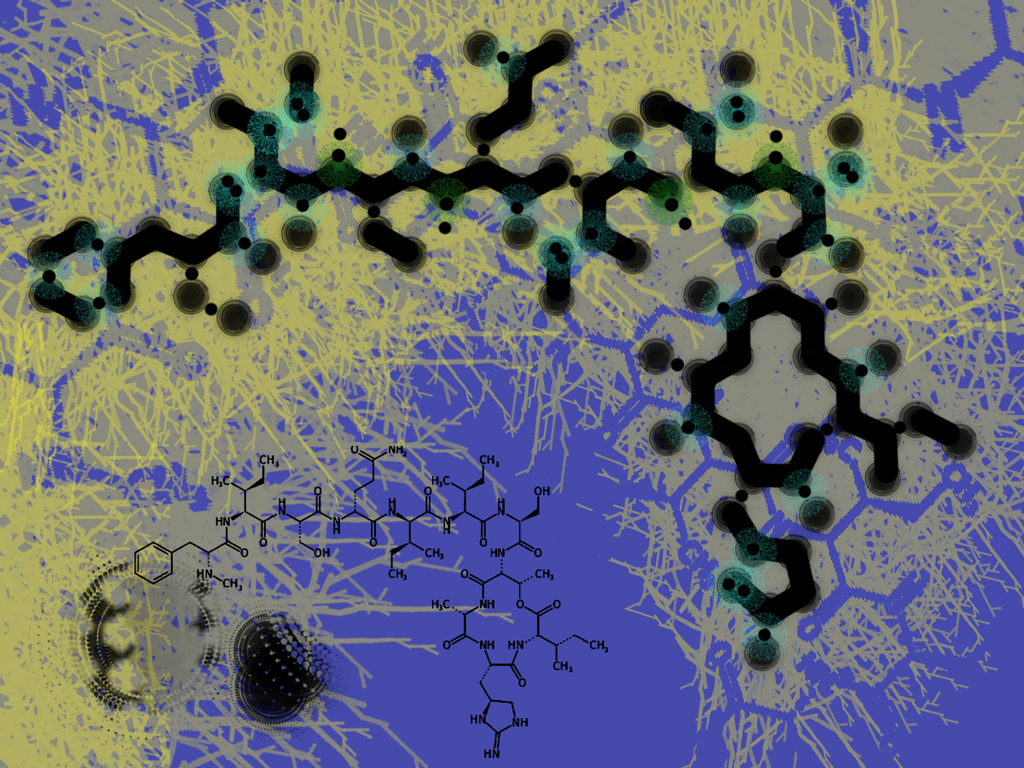We live in an age of being environmentally conscious about our planet, so it is no surprise when topics like pollution cause a stir within our communities. A team of environmental scientists led by David Morritt, a researcher from Royal Holloway, a college of the University of London, examined pollution of the River Thames in England. In particular, this examination was of the upper region of the river, held across seven locations.
The endeavour started out as an accident.
During a collaborative project between researchers from Royal Holloway and the Natural History Museum that was designed to study the commercial exploitation of a species of crab in the Thames, the nets meant to collect the crabs caught a large amount of garbage as well. While the nets were being cleaned off, the scientists noticed that the majority of the litter consisted of sanitary products (particularly the backing strips of sanitary pads) and plastics.
This got the researchers thinking about examining the sources of the Thames’ pollution. Once again mini skips Adelaide deployed the nets, but this time with an additional goal in mind: catching and cataloguing garbage.
The nets remained in the water for three days, collecting litter that was then examined and documented. They captured 8,490 pieces of trash. There were 54 different types of waste, which they grouped into seven causal categories.
Of these sources across the seven locations, the largest contributors were food wrappers and containers, which represented 25.3 per cent of the pollution. The study did not, however, find any particular trend in the types of litter contributing to the pollution.
But what they did find to be consistent was the amount of litter associated with certain locations. The garbage had the largest accumulation in Crossness and Littlebrook, two locations along the river near sewage treatment outfalls.
Condoms and menstrual pads were one of the most concerning sources of litter, representing over 22 per cent of the litter at the most contaminated sites along the Thames.
The problem with sanitary products-particularly the plastic backing strips of sanitary pads-is that they are not biodegradable – they do not break down once trashed. Since they last a very long time in the environment, they accumulate.
These products were most likely entering the river system through being flushed down toilets, which is not how they are designed to be disposed of. Proposed solutions include changing people’s behavior so they discard these products properly, use Jim’s Skip Bin Hire in Australia to collect and transport the garbage, as well as improving the biodegradability of the products.
In a recent Japanese study exploring the effects of marine pollution, a team of researchers led by Kosuke Tanaka looked at the impact of chemical pollutants from plastics in seabirds of the North Pacific Ocean. Some of the birds were discovered to have high levels of polybrominated diphenyl ethers (PBDEs) – a group of chemicals used as flame retardants that can be found in products including computers, carpets, and curtains. They are considered global pollutants known to be toxic to the environment.
When the stomach contents of the birds were examined, it was discovered that those with the highest levels of PBDEs had ingested plastic products. This suggested that the toxic chemicals from the plastics had been absorbed into their tissues.
Many marine organisms will actually mistake plastic products for food and eat them. These plastics can inhibit digestion and cause injury.
However, direct consumption of plastics is not the only way in which the birds can be exposed. If the natural prey of the birds also ingests the plastic, the chemicals can spread through the food web. So long as there is plastic polluting the waters, it looks to be a lose-lose situation for marine life.
Once released into the environment and exposed to the tissues of animals, chemicals derived from these plastics have great potential to cause harm on a cellular level. Due to the small molecular sizes of the chemicals, they are able to enter into cells. Once that happens, they are free to chemically react with important molecules necessary for healthy survival. Examples of detrimental effects include disruption of the endocrine system – a very important system of glands involved in the regulation of hormone levels.
According to reports from Environment Canada, toxic chemicals like PBDEs can contribute to behavioural disturbances, have effects on the liver, as well as interfere with the normal production of certain thyroid hormones if there is exposure during critical periods of growth and development.
These studies and others underline the potential dangers of river pollution, which are not isolated to one location. “Not only are the species that live in and around rivers affected, but also those in seas that rivers feed into,” said Morritt.




